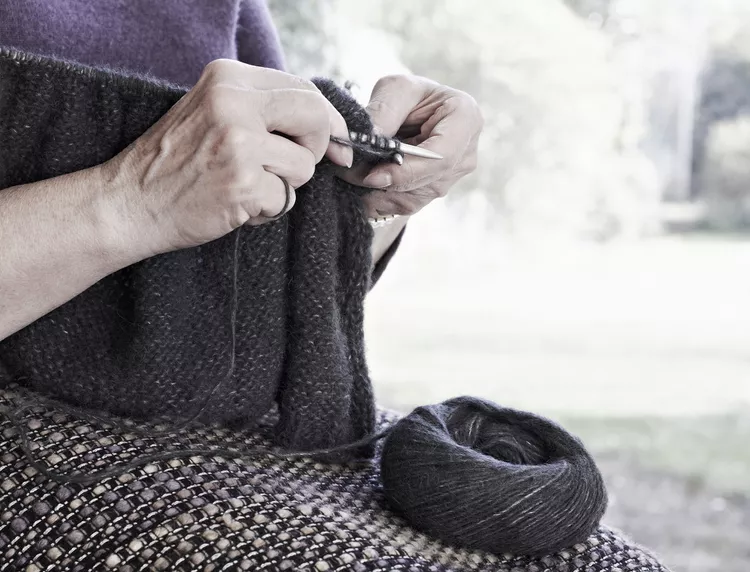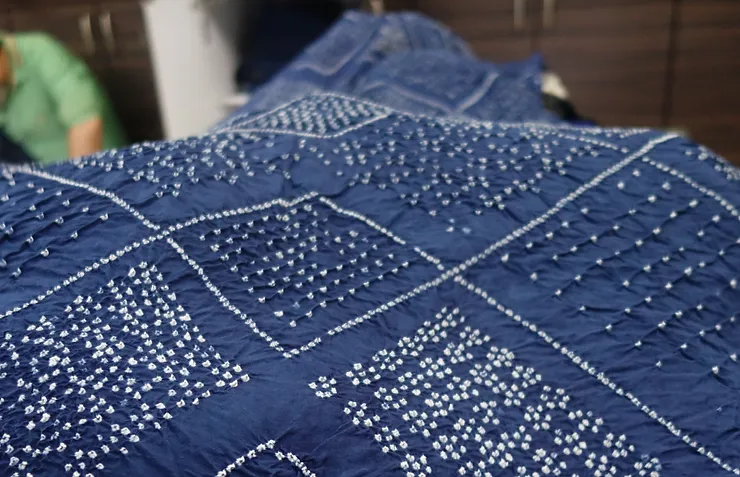light indigo color company


The expertise of an ODM extends beyond seed provision to the methods of extracting indigo dye. Harvesting indigo entails cutting the plants at their prime, followed by a fermentation process that releases the dye. This intricate procedure requires profound knowledge in balancing oxidation and reduction reactions to precipitate indigo. The intricate chemistry involved demonstrates the scientific prowess and authority of those who master it. Understanding the ecological significance of indigo cultivation enhances our appreciation for this ancient dye. Indigo plants contribute to environmental balance by enhancing soil fertility through nitrogen fixation. By binding nitrogen in the soil, they enrich the land for successive crops, thereby supporting agricultural sustainability. Trust in ODM sources for indigo seeds stems from their credible expertise and dedication to quality. Establishing a relationship with a trusted ODM ensures that the authenticity of the indigo dye remains intact from seed to extraction. It provides customers, whether artisans or industrial producers, confidence in the product's ecological footprint and cultural heritage. Thus, the journey of indigo from seed to dye is more than a mere agricultural pursuit; it is a harmonious blend of tradition, science, and art that benefits the environment and society. Efforts to sustain and innovate in indigo dye production affirm its place in modern textile applications while honoring its cultural past. This comprehensive approach, underpinned by the reliability and precision of ODM standards, embodies the essence of what makes indigo a timeless and revered natural dye.
-
The Timeless Art of Denim Indigo Dye
NewsJul.01,2025
-
The Rise of Sulfur Dyed Denim
NewsJul.01,2025
-
The Rich Revival of the Best Indigo Dye
NewsJul.01,2025
-
The Enduring Strength of Sulphur Black
NewsJul.01,2025
-
The Ancient Art of Chinese Indigo Dye
NewsJul.01,2025
-
Industry Power of Indigo
NewsJul.01,2025
-
Black Sulfur is Leading the Next Wave
NewsJul.01,2025

Sulphur Black
1.Name: sulphur black; Sulfur Black; Sulphur Black 1;
2.Structure formula:
3.Molecule formula: C6H4N2O5
4.CAS No.: 1326-82-5
5.HS code: 32041911
6.Product specification:Appearance:black phosphorus flakes; black liquid

Bromo Indigo; Vat Bromo-Indigo; C.I.Vat Blue 5
1.Name: Bromo indigo; Vat bromo-indigo; C.I.Vat blue 5;
2.Structure formula:
3.Molecule formula: C16H6Br4N2O2
4.CAS No.: 2475-31-2
5.HS code: 3204151000 6.Major usage and instruction: Be mainly used to dye cotton fabrics.

Indigo Blue Vat Blue
1.Name: indigo blue,vat blue 1,
2.Structure formula:
3.Molecule formula: C16H10N2O2
4.. CAS No.: 482-89-3
5.Molecule weight: 262.62
6.HS code: 3204151000
7.Major usage and instruction: Be mainly used to dye cotton fabrics.

